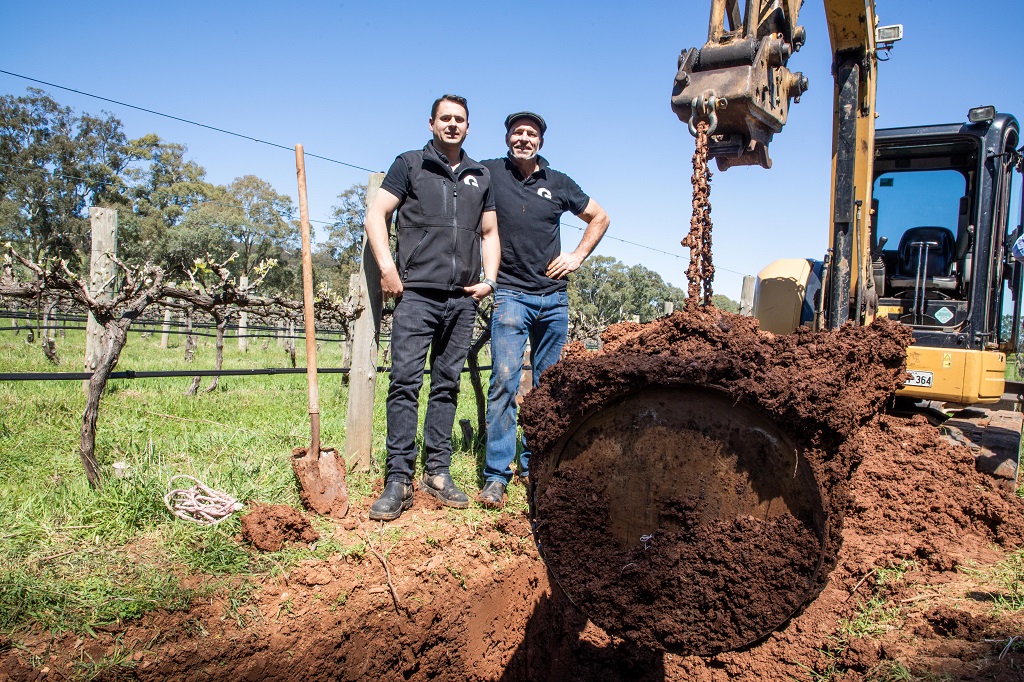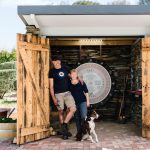Image: Gemtree managing director and winemaker Mike Brown (right) and winemaker Josh Waechter with the 2019 Subterra Shiraz barrel.
By Samuel Squire
The interesting thing about wine, is that no one wine is the same as the next. This reigns true with certified organic and biodynamic winemaker Gemtree Wines, based in South Australia’s McLaren Vale wine region.
On February 18, 2021, after an event rescheduling to endure a recent COVID-19 cluster in SA, Gemtree Wines unearthed its 2020 Subterra Shiraz from the vineyard it was grown in.
For five consecutive vintages, Subterra has been a one-of-a-kind operation for the McLaren Vale winery. The premise is simple: bury a barrel of top notch Shiraz, without sulphur, underground to let nature take the reins and mature the wine.
Gemtree managing director and winemaker Mike Brown believes this process is the pinnacle example of taking wine back to nature.
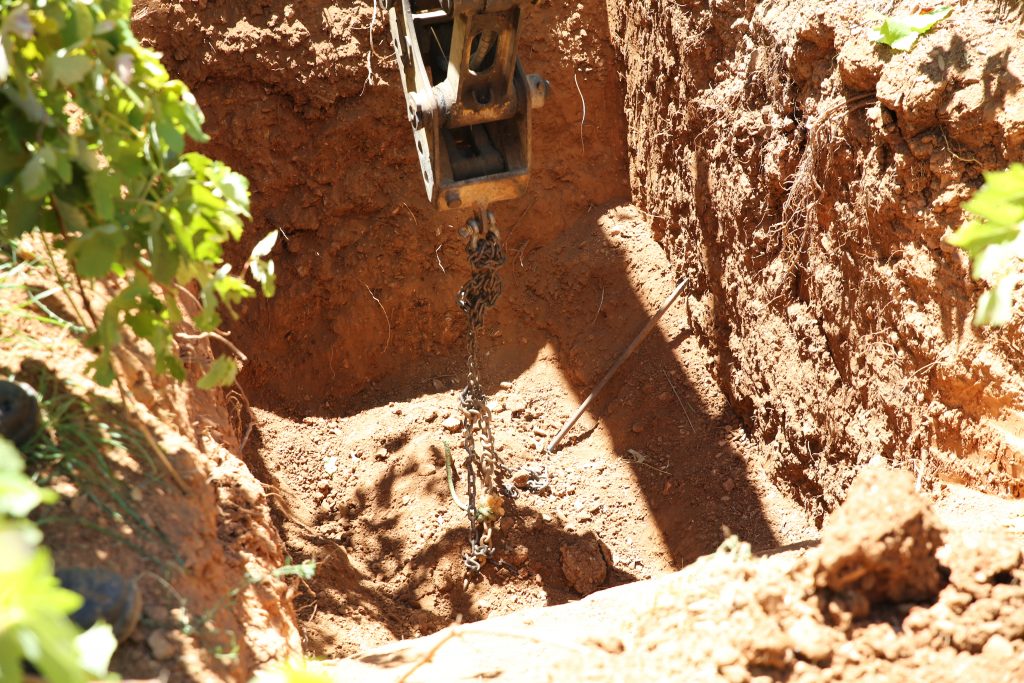
He says that being able to bury a prime example of Gemtree’s high quality Shiraz wine, which in this case retails for $260 per bottle of the 200 or so made each year, is something that started out as an in-house experiment, but later turned out to create an enormous potential for bringing winemaking back to its roots.
“So being biodynamic and organic winemakers, we are focused on making our wines as natural as possible, but that is not to say we’re natural winemakers, we just grow fruit as naturally as we can,” Brown said.
“So then, we had to translate that one step further into the winemaking. Once you make a wine, that natural winemaking process can happen very quickly and very simply without intervention from human beings. If the conditions are right and the season is good, that will occur naturally.
“So if you’re going to preserve the true character of the vintage, the variety, the place, and the story of a wine, the best place to do that is under the ground. So in 2016, we were sitting around the cellar, and during a conversation we said, well, let’s do this as an experiment.
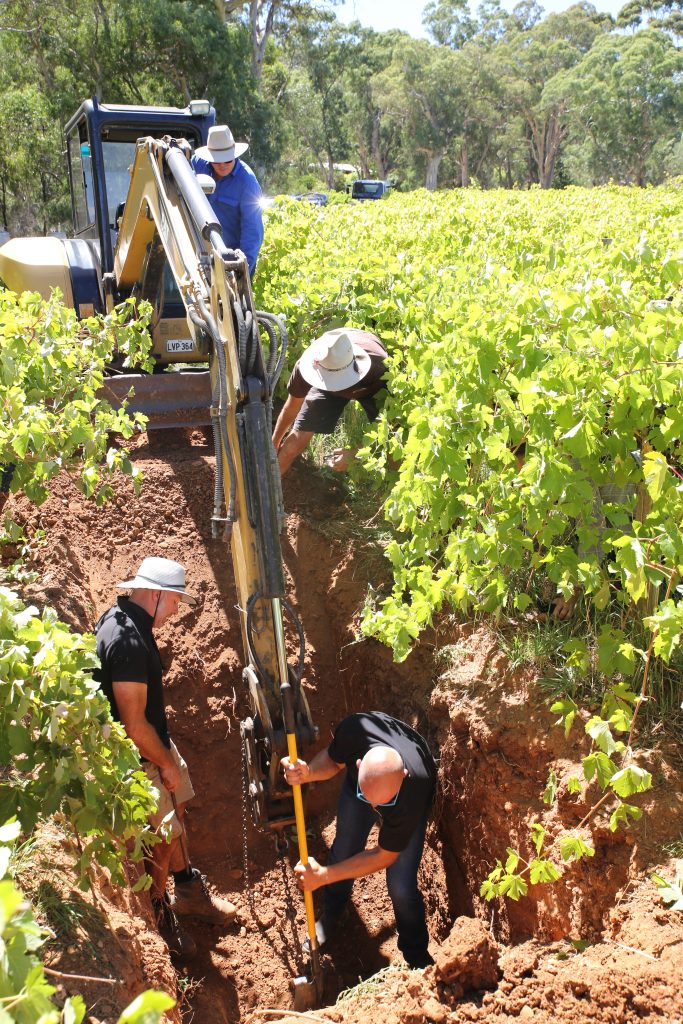
“So the first thing we thought was to try it with a fermenter, like the Georgians do with their amphorae. But we just thought it was impossible, and I didn’t want to follow what someone else was doing. So I said, ‘okay, we’re not using a fermenter because there’s a bit of risk there’, because you still need to ferment in a controlled temperature. So after primary and secondary fermentation has been completed, we put a barrel in the ground.”
In 2016, the time of the first vintage of this new experiment in wine aging, a barrel of Shiraz was buried two metres underground and left to age for between six and eight months. When it was unearthed, Mike Brown had ‘struck gold’.
He says that, while Gemtree wasn’t reinventing the wheel, it was trying something well out of its comfort zone.
“We weren’t reinventing something; we weren’t saying ‘this is the best thing ever’,” he said, “it was actually just one extra step of utilising the resources that we have – being the dirt – to preserve a wine that we felt was from a special place; we took the wine back to where it was grown”.
Brown said that he was “very nervous” about what would actually happen at the start, and even now in his fifth vintage of this experiment, he says the result could turn on either side of a coin.
“We were very nervous about what the wine would be like after underground barrel aging,” he said.
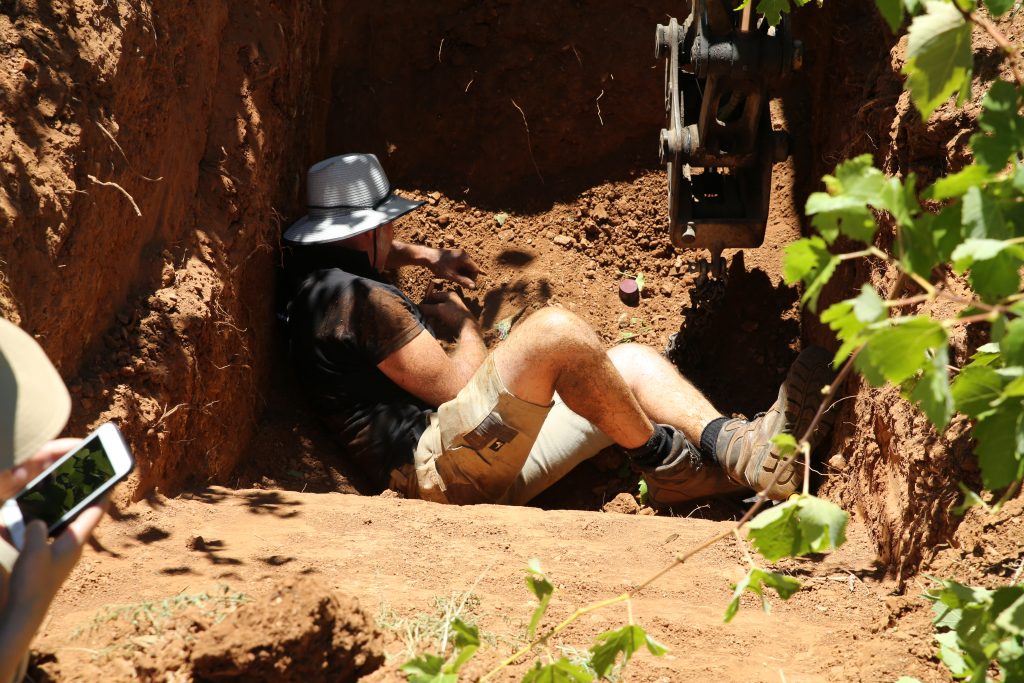
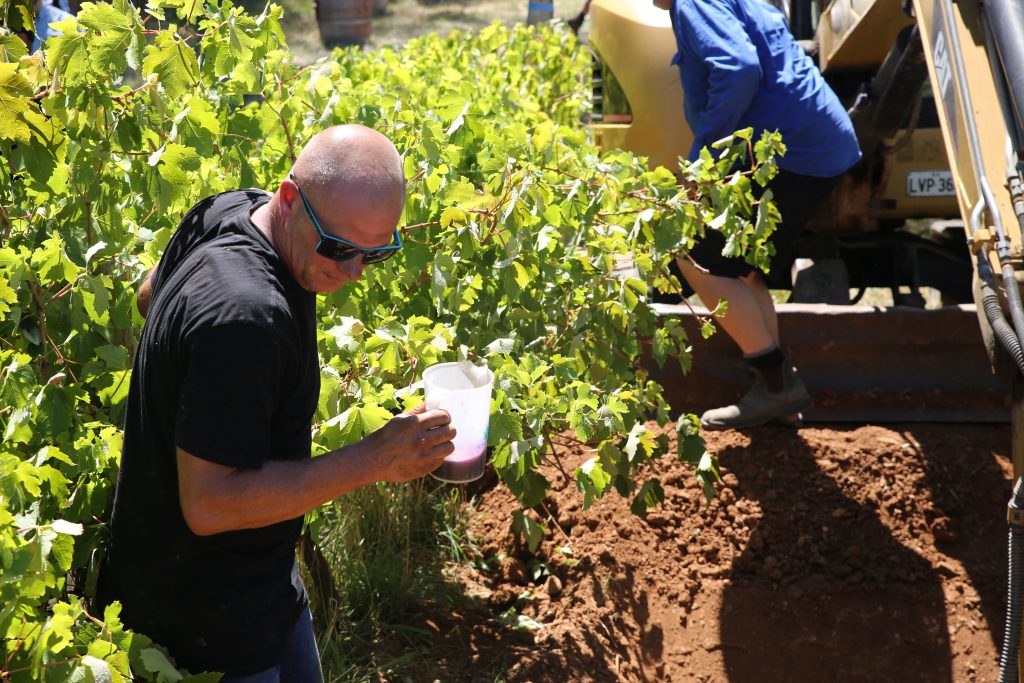
After some solid effort from Mike Brown and his team, it was decided to siphon some of the 2020 Subterra from the barrel still partially buried for tasting.
“I had, I suppose, an idea of what I would have liked to see, but we had no idea of what the actual result would be. Because when you don't age a wine in an oxygen-rich environment, and you don't use sulfur to preserve wine, there is a risk of oxidation."
Mike Brown
“But I suppose what we felt was that, if it was completely encased with soil, the wine is still able to breathe, but it’s not open to the air, and the fluctuations in temperature are not what they normally would be, so this didn’t give us the usual circumstances for observation.
“There was no idea or thought that this was going to work.”
However, through the anxious waiting, the proof “is in the pudding”, as Mike Brown put it. This year’s vintage was siphoned from a stubborn barrel that didn’t want to leave its subterranean home in the Gemtree vineyard.
He says the wine, based on a panel of invited tasters, was “a true showcase of the region, the year, and the wine”.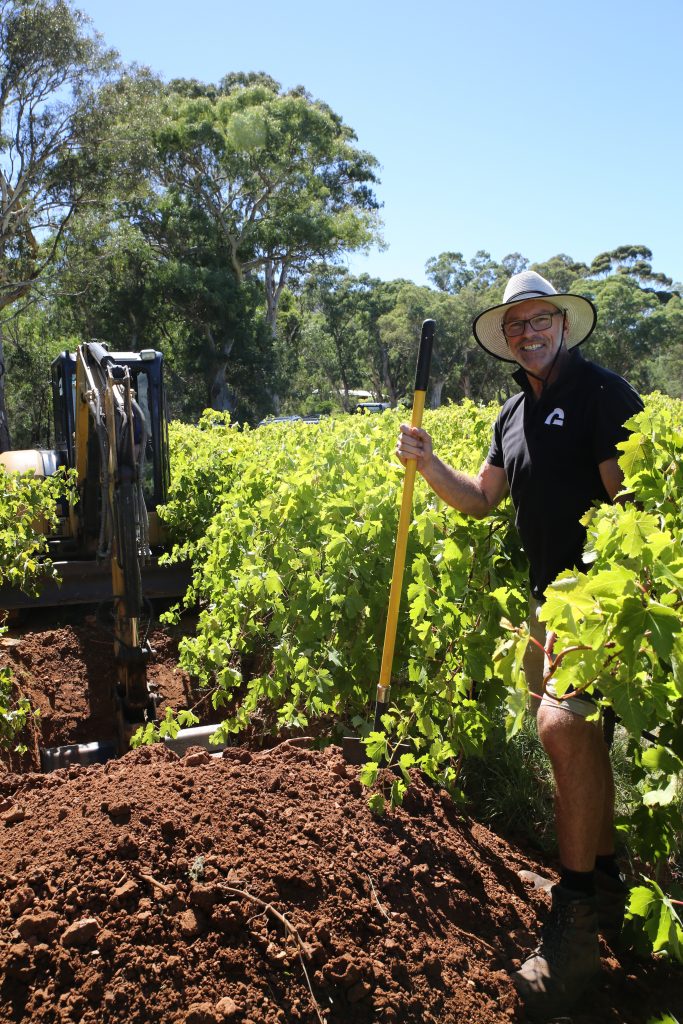
Don’t miss the full story in the upcoming April 2021 issue of the Australian & New Zealand Grapegrower & Winemaker. Subscribe today!
Are you a Daily Wine News subscriber? If not, click here to join our mailing list. It’s free!

